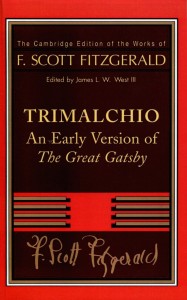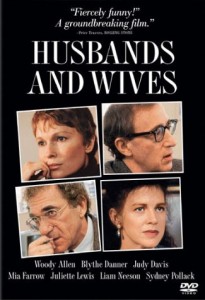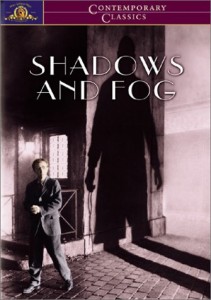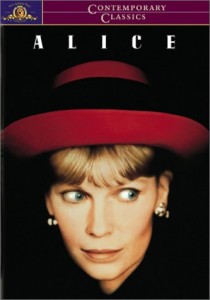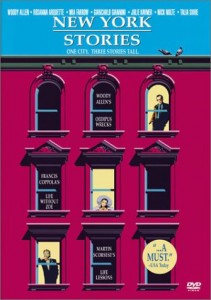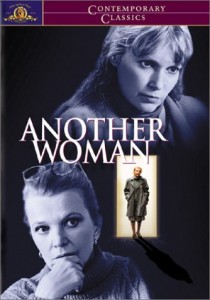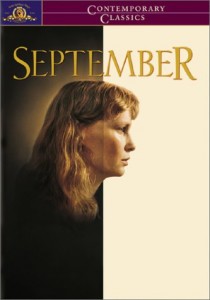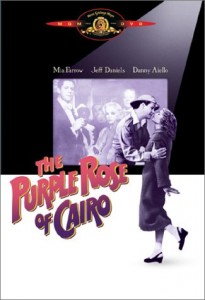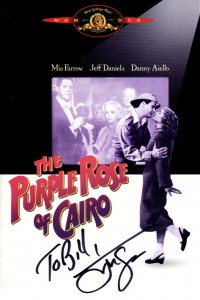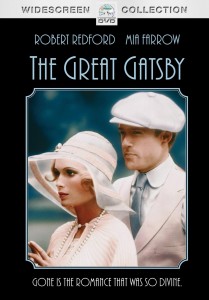 The main thing the 1974 adaptation of The Great Gatsby has going for it is Robert Redford in the titular role.
The main thing the 1974 adaptation of The Great Gatsby has going for it is Robert Redford in the titular role.
That’s really about it.
Redford makes a dashing Gatsby, sporting more of an emotional palette than Alan Ladd was able to muster.
This film – with script by Francis Ford Coppola – has a kind of shimmering, dreamy quality to it. It’s much better than the 1949 version starring Ladd. But it still just kind of lies there, unfolding like petals wilting off a rose.
Again, the cast is competent, even somewhat fascinating:
Robert Redford … Jay Gatsby
Mia Farrow … Daisy Buchanan
Bruce Dern … Tom Buchanan
Karen Black … Myrtle Wilson
Scott Wilson … George Wilson
Sam Waterston … Nick Carraway
Lois Chiles … Jordan Baker
Howard Da Silva … Meyer Wolfsheim
Roberts Blossom … Mr. Gatz
Edward Herrmann … Klipspringer
I’ve never really liked Mia Farrow. And I don’t think she’s a good fit in her role as Daisy, either. She seems like such a ditz, an airy woman that is more of an obsession for Gatsby than anything he’d actually enjoy once he obtained. But maybe that’s it. Gatsby hasn’t obtained her, and he’s wanted to all these years – to the point that Daisy becomes a fixation.
I like Sam Waterston as Nick Carraway, and I especially like the use of narration to begin the film. I think that adds substance to the movie.
Edward Hermann, one of my favorite character actors, appears in the movie as Continue reading

